Pulmonary Vascular Disease Symptoms
Pulmonary vascular disease symptoms. Some develop slowly over decades. Deoxygenated blood travels through the pulmonary arteries where oxygen is taken up. People with this condition cant easily get oxygen into their blood.
Symptoms of portopulmonary hypertension are similar to other types of pulmonary hypertension. Narrow pulmonary vein Pulmonary artery hypertension. The main symptom of this medical condition is progressive shortness of breath chest pain syncope with activities.
The Pulmonary Vascular Disease Programa collaborative venture between the Brigham and Womens Hospital Lung Center and the Heart Vascular Centerbrings together pulmonary and critical care medicine physicians cardiothoracic surgeons interventional cardiologists and cardiovascular medicine clinicians who have extensive experience diagnosing and treating all forms of pulmonary. A pulmonary embolism happens when the blood flow through the lungs artery is blocked suddenly. Feeling faint or dizzy.
Other symptoms of PAD can include. Symptoms of pulmonary hypertension may include. A careful evaluation of.
Symptoms of pulmonary hypertension. These vessels take blood that is depleted of oxygen to the lungs from the right side of the heart. Chest pain or fainting with exertion can also occur.
You can get pulmonary vascular disease PVD from your parents or develop it on your own. Other symptoms may include muscle weakness loss of coordination dizziness problems with the eyes abnormal numbness memory difficulties and others. Others are immediately fatal.
Ankle and leg swelling. Obstructive disease of the pulmonary veins.
As the disease progresses you may find yourself experiencing the following signs or symptoms.
Narrow pulmonary vein Pulmonary artery hypertension. Shortness of breath fatigue. Some develop slowly over decades. Other symptoms of PAD can include. Pulmonary vasculitis is a group of rapidly progressing severe diseases characterized by vascular inflammation destruction and necrosis of the pulmonary tissue. Chest pain or fainting with exertion can also occur. The main symptom of this condition is shortness of breath chest pain and rapid heart rate. Hair loss on your legs and feet numbness or weakness in the legs. Pulmonary vascular disease has varying symptoms depending on the form of PVD your child has.
Pulmonary vascular disease PVD is a broad term including any condition that affects the blood vessels within the lungs. The main symptom of this condition is shortness of breath chest pain and rapid heart rate. Other symptoms of PAD can include. Obstructive disease of the pulmonary veins. Pulmonary veno-occlusive disease-Intimal fibrosis with marked narrowing of lumen of a large pulmonary vein. Pulmonary arterial hypertension most often causes shortness of breath that progressively worsens over time. As the disease progresses you may find yourself experiencing the following signs or symptoms.


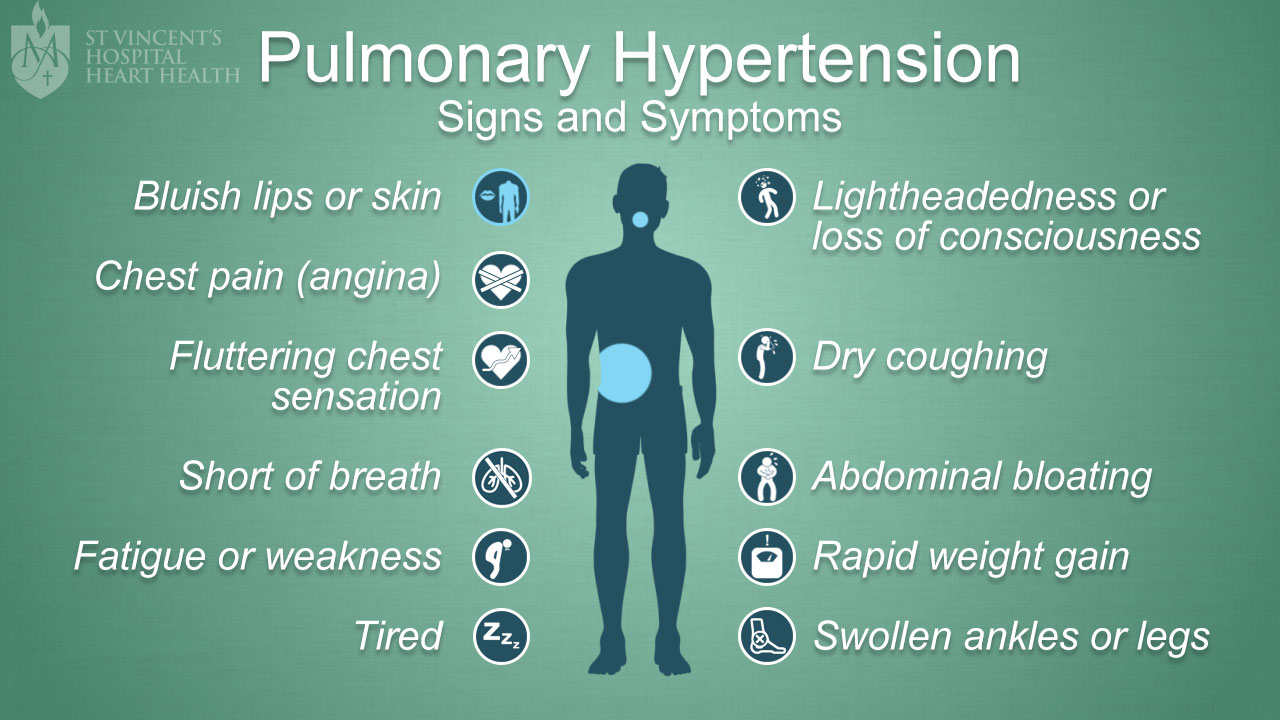
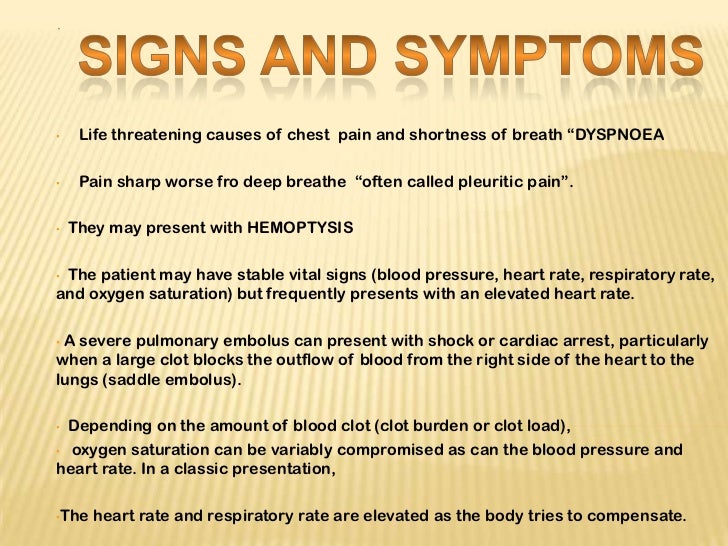


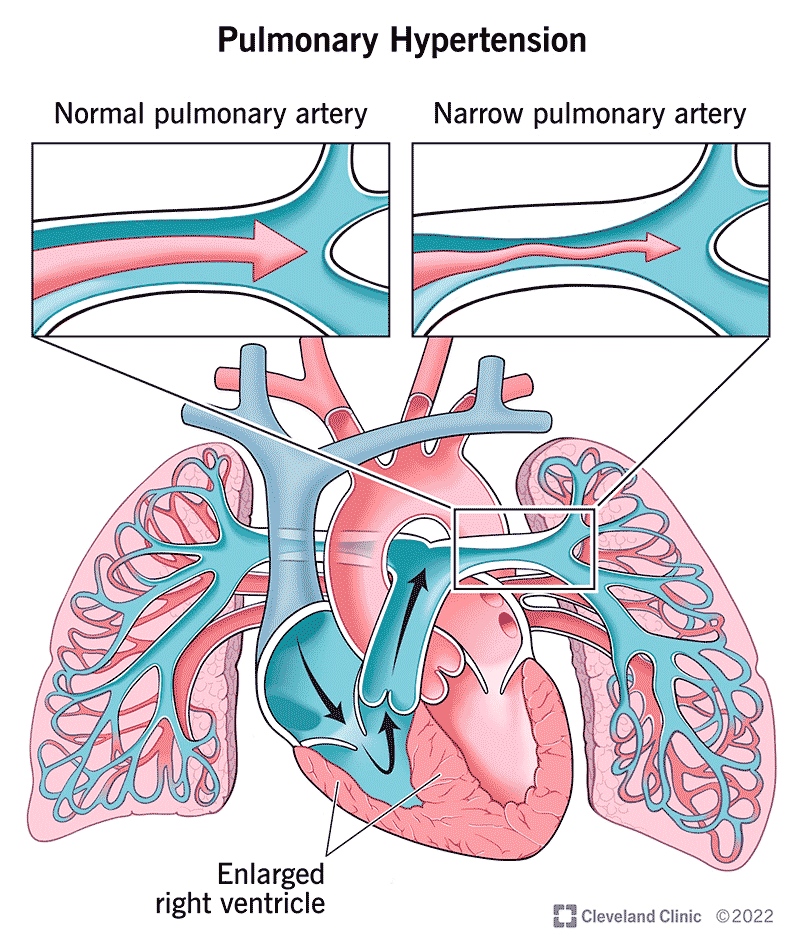


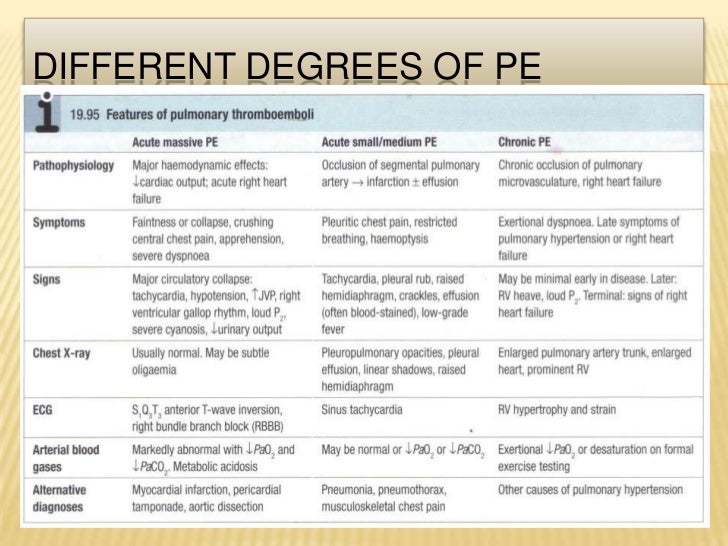



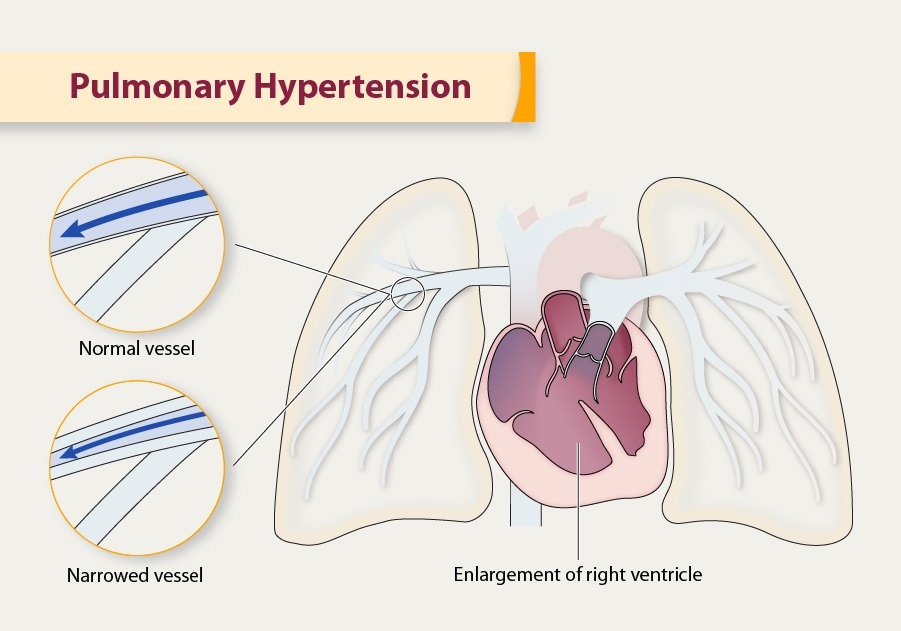


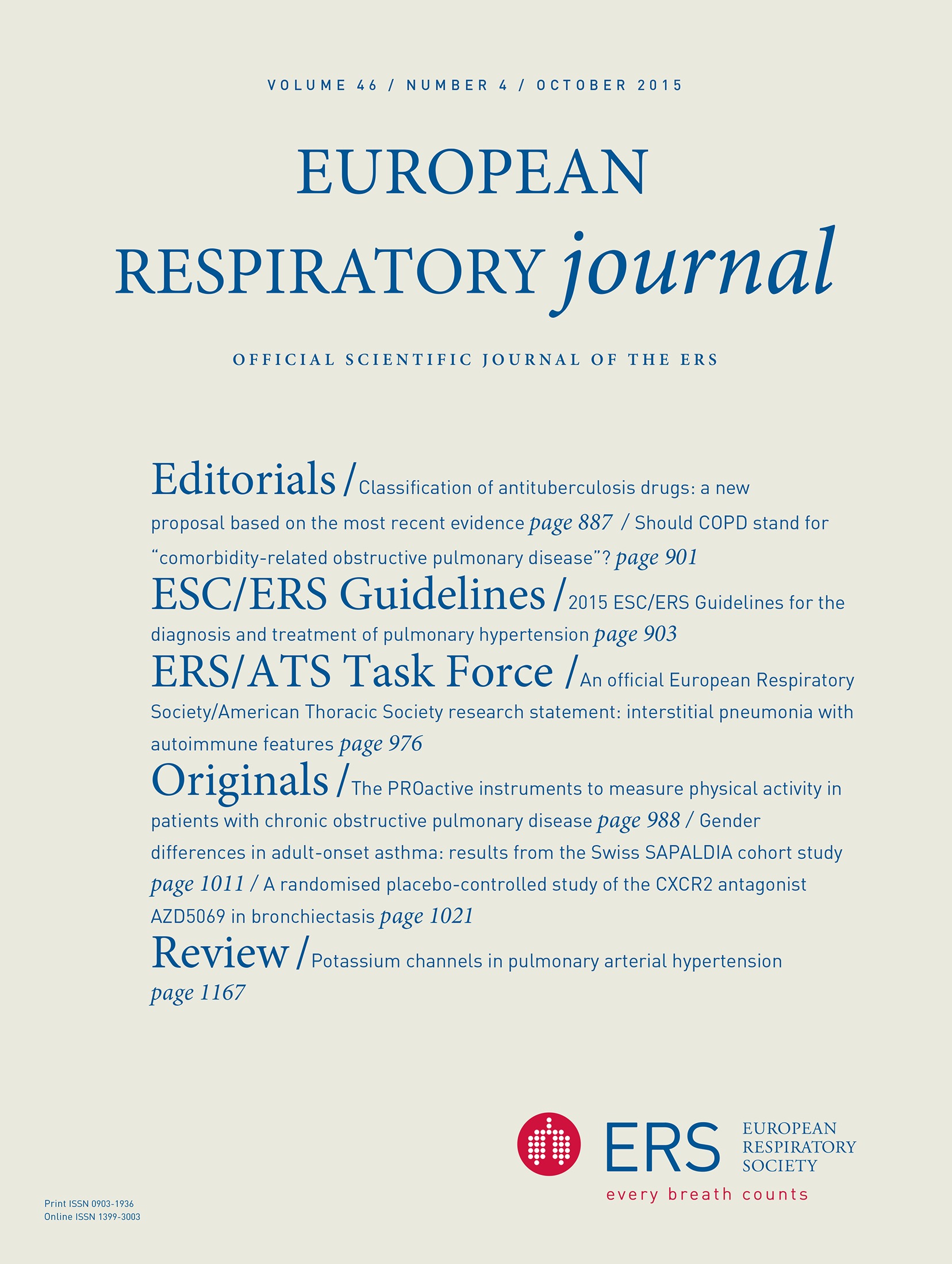

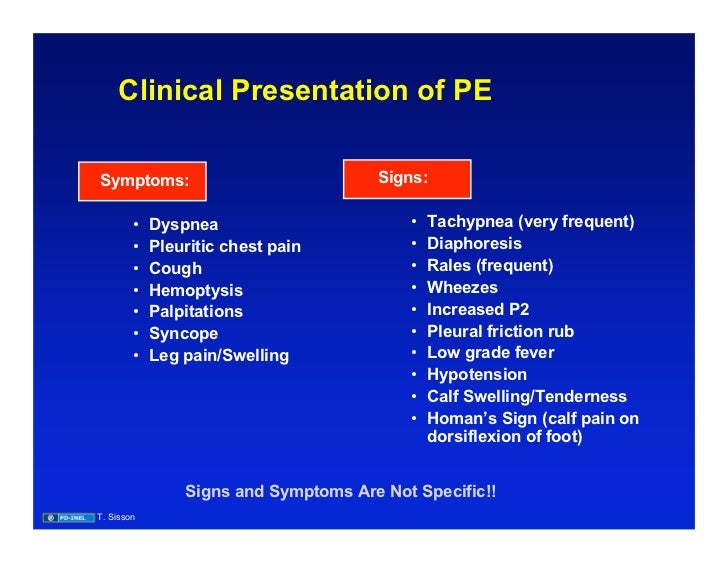
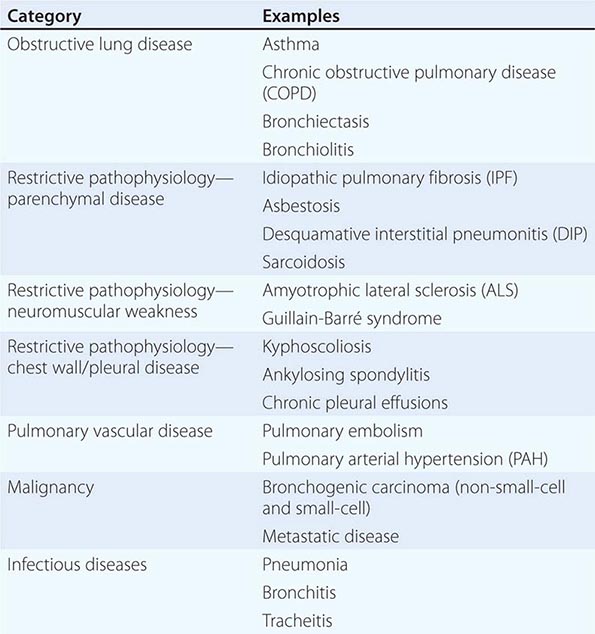



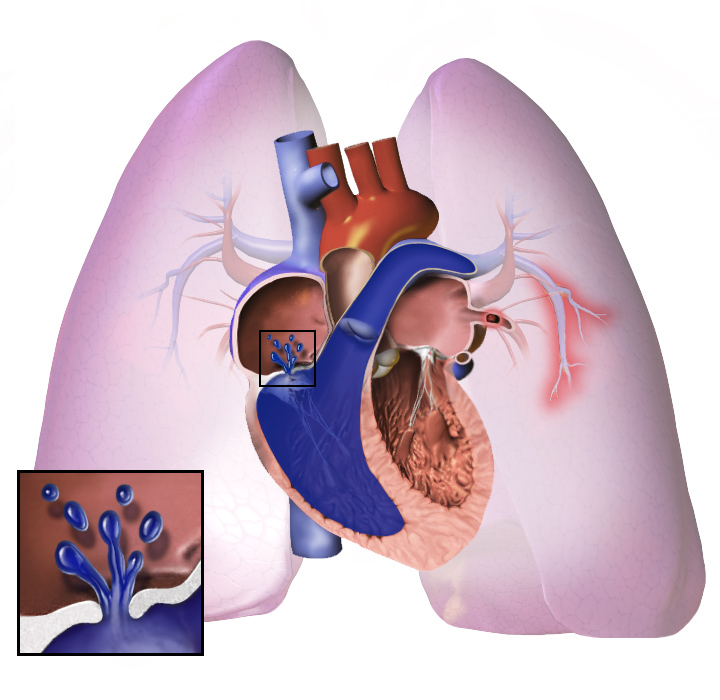





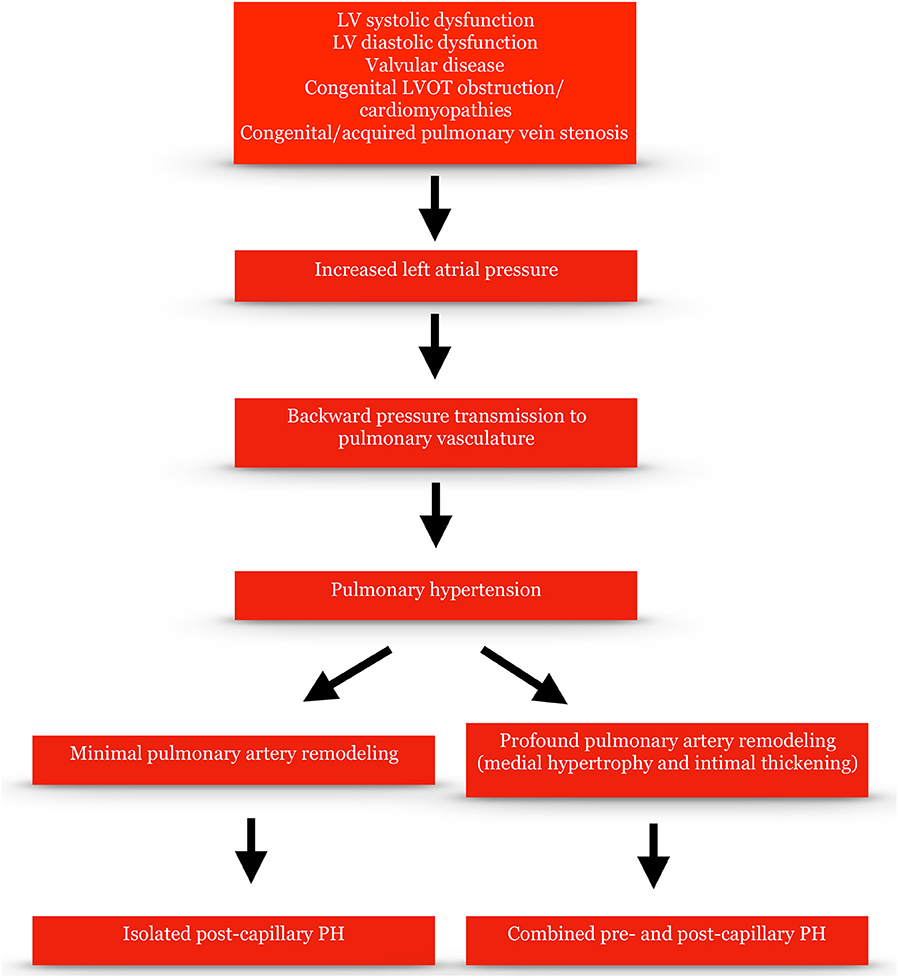



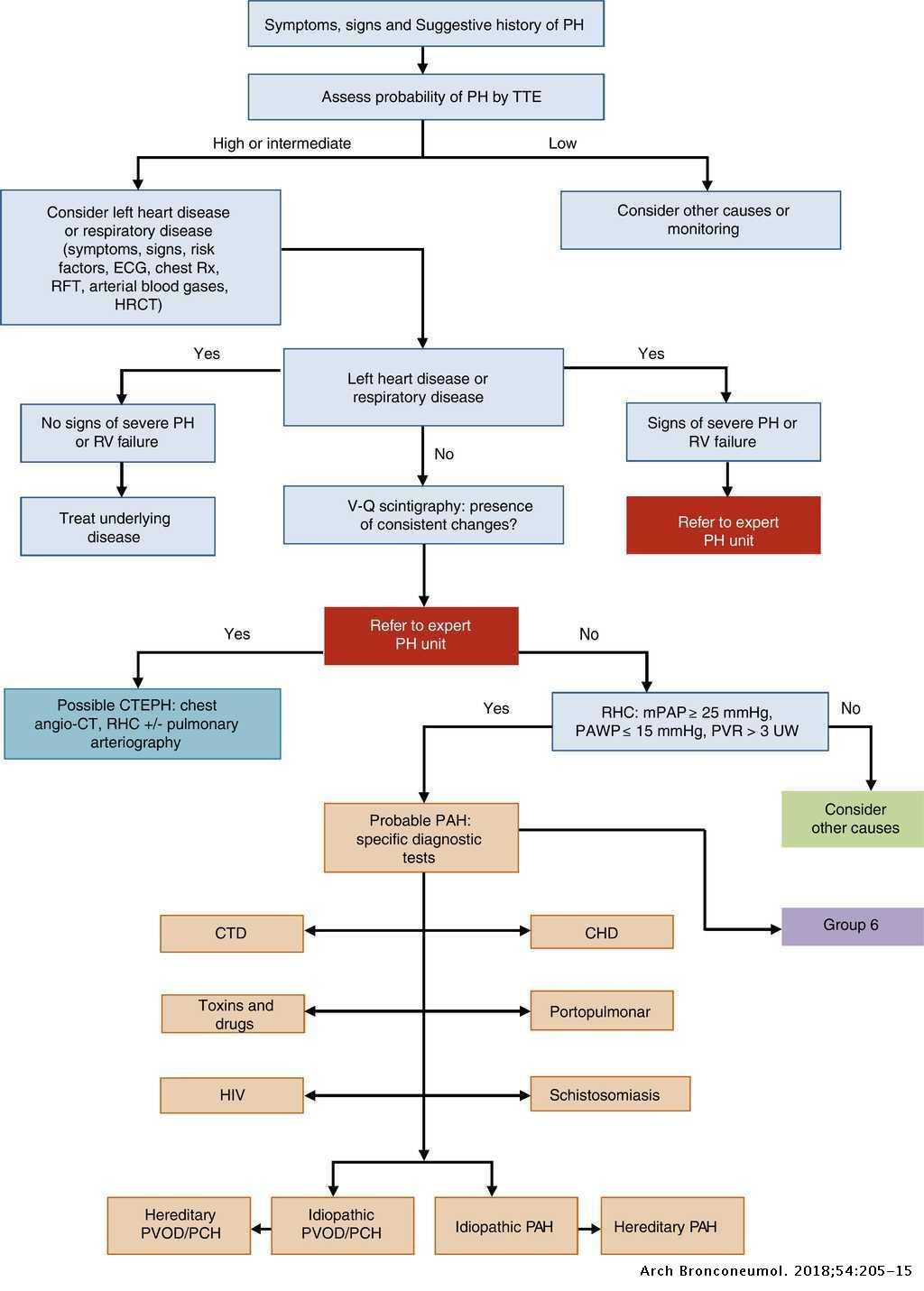

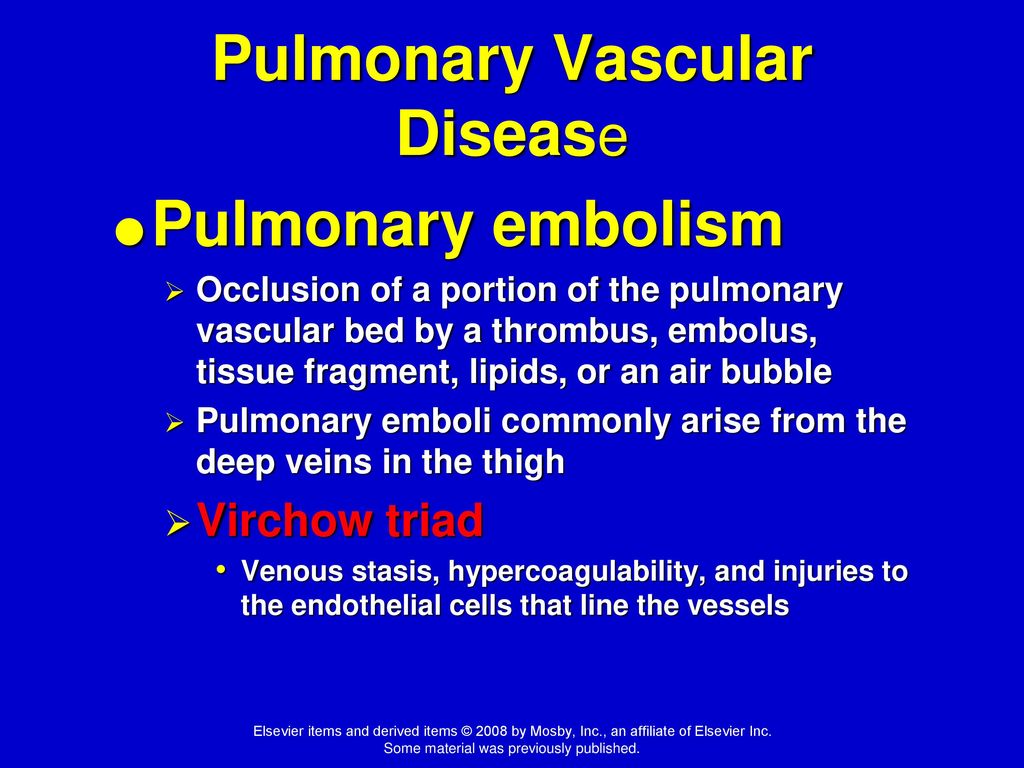

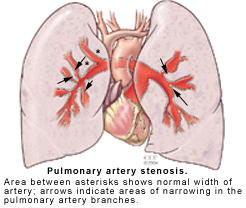




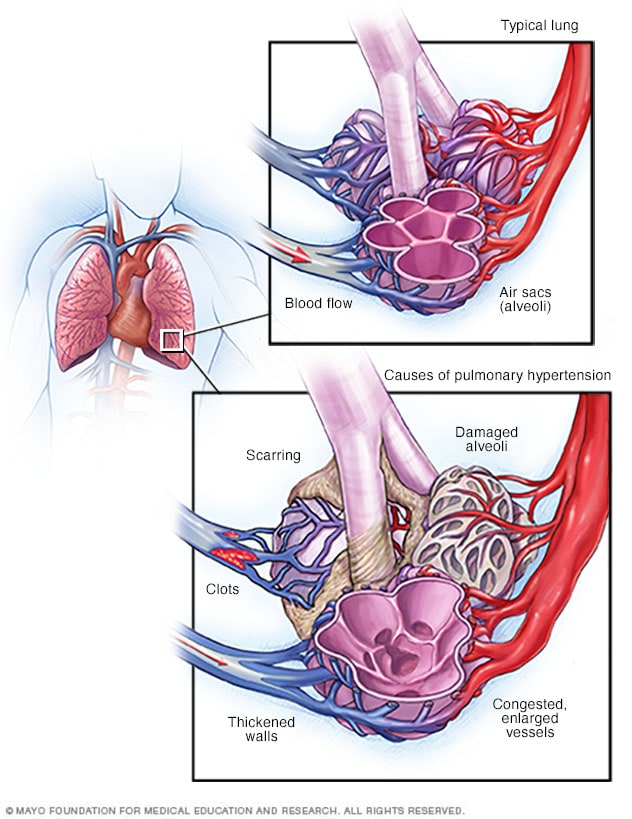





Post a Comment for "Pulmonary Vascular Disease Symptoms"